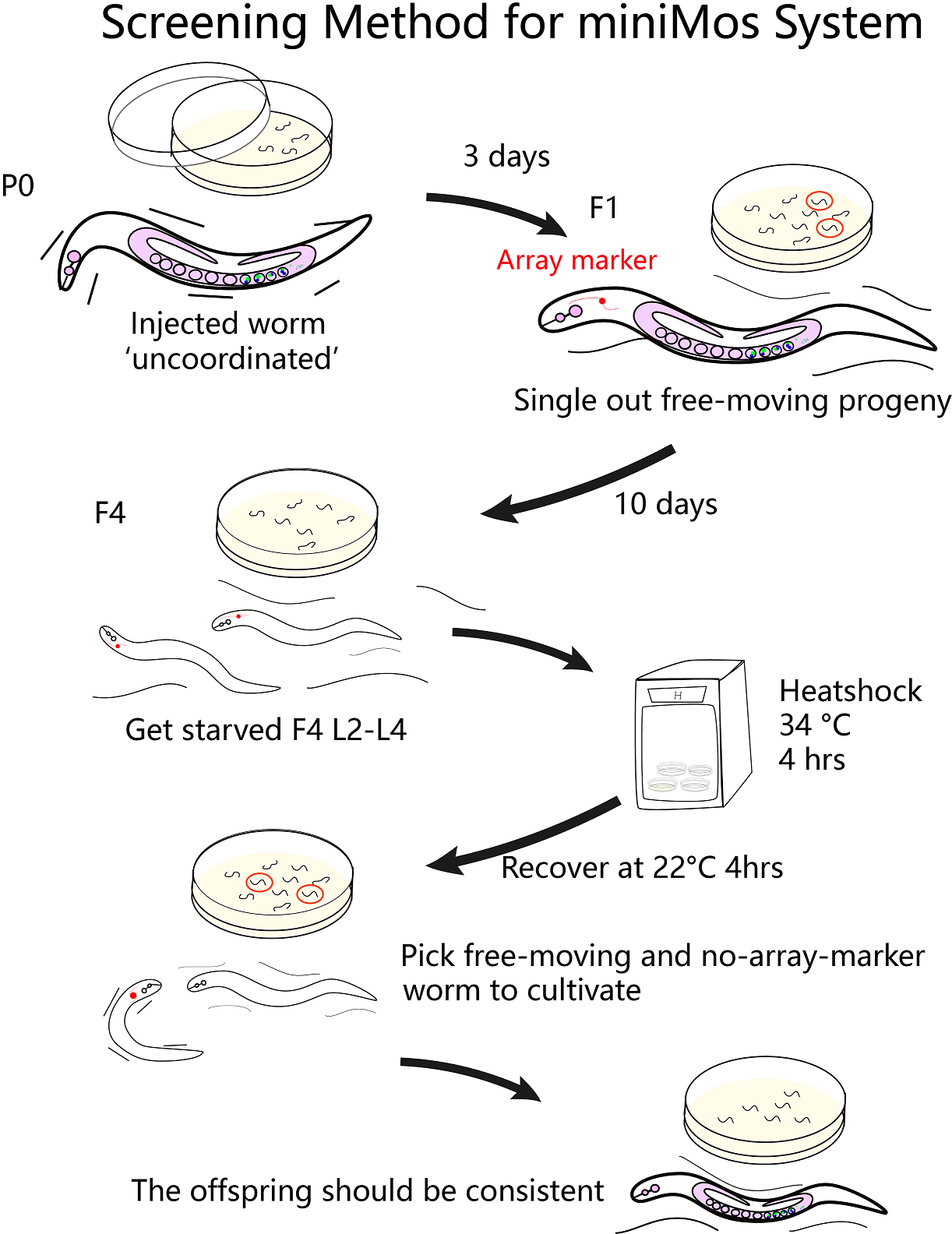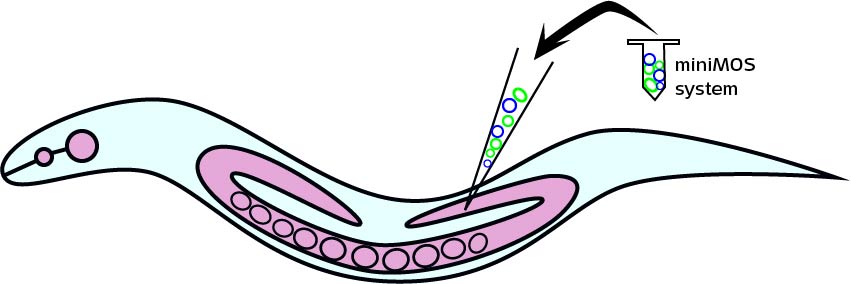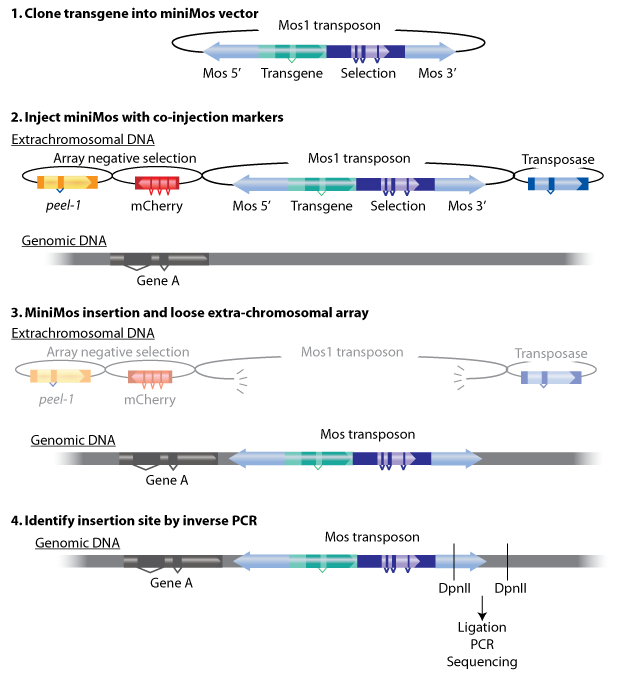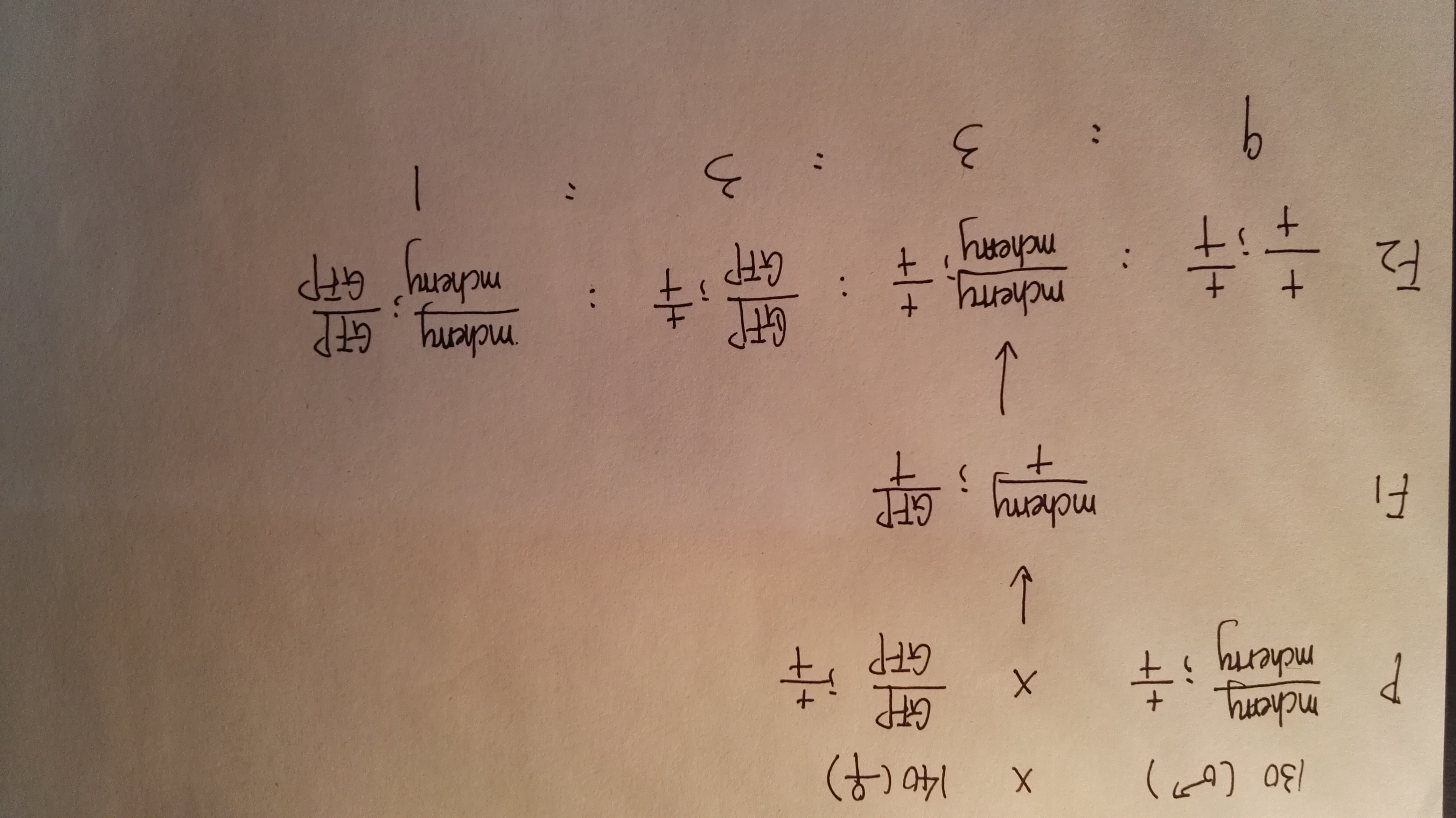| Line 12: | Line 12: | ||
In our program, we aim to change the physical behaviour of C. elegans using the two specific optogenetic traits.Through microinjection and selection, we are able to get two strains with two phenotypes of the preference to blue light and the aversion to red light , and the next step is to obtain the single worm with the combination ofe these 2 different traits. Therefore, we build a miniMos transfection model to simulate and estimate the final results of our transfection. | In our program, we aim to change the physical behaviour of C. elegans using the two specific optogenetic traits.Through microinjection and selection, we are able to get two strains with two phenotypes of the preference to blue light and the aversion to red light , and the next step is to obtain the single worm with the combination ofe these 2 different traits. Therefore, we build a miniMos transfection model to simulate and estimate the final results of our transfection. | ||
{{SUSTech_Image_Center_8 | filename=T--SUSTech_Shenzhen--_overviewofmosmodel.png|width=600px|caption=<B>Fig 2.1 The overview of miniMos Transfection Model</B>}} | {{SUSTech_Image_Center_8 | filename=T--SUSTech_Shenzhen--_overviewofmosmodel.png|width=600px|caption=<B>Fig 2.1 The overview of miniMos Transfection Model</B>}} | ||
| − | {{SUSTech_Image_Center_8 | filename=T--SUSTech_Shenzhen--_injectworm.png|width=600px|caption=<B>Fig 2. | + | {{SUSTech_Image_Center_8 | filename=T--SUSTech_Shenzhen--_injectworm.png|width=600px|caption=<B>Fig 2.12 The overview of microinjection</B>}} |
Revision as of 09:20, 26 October 2017

Model
miniMos Transfection
Contents
2. miniMos Injection
In our program, we aim to change the physical behaviour of C. elegans using the two specific optogenetic traits.Through microinjection and selection, we are able to get two strains with two phenotypes of the preference to blue light and the aversion to red light , and the next step is to obtain the single worm with the combination ofe these 2 different traits. Therefore, we build a miniMos transfection model to simulate and estimate the final results of our transfection.
2.21 The miniMos successful rate
First considering the successl rate of miniMos system. The microinjection needs acurate operation to correctly inject plasmids into C. elegans gonads, which allows plasmids have chances to enter the embryos of offsprings and maintain the phenotypes. Therefore, the more accurate manual operations can lead to a more promising results. According to the miniMos protocol, the probability of correct injection is approximately 60% due to manual errors, and about 10% of F1 offsprings are all rescued, meaning that the plasmid expression rate(transposon transfer target gene into the chromosome) is about 10%.[1] So the successful rate is:
accurate rate of manual operation * plasmid expression rate = 60% * 10% = 6%.
2.22 The stable transfection rate
After got the heterozygote worms via miniMos transfection, the next step is to get the stable expression worms in F2. During the F2 generation, based on the Mendel's laws, if two genes are located on different chromosomes, their alleles will segregate independently during the formation of gametes. And Mendal calculated the possiblity of getting stable expression offsprings, the ideal rate is 1/16. Therefore, in our experiment, the prospecting result of getting target strains is also 1/16.
2.23 The ideal result
Therefore, the overall probability to get the target strain is: accurate rate of manual operation * plasmid expression rate * F2 stable expression rate * 100% = 60% * 10% * (1/16) *100% = 0.375%.
2.24 The effect of crossing over
However, this probability does not consider the chance of crossing over. Crossing over is the exchange of genetic material between homologous chromosomes and results in recombinant chromosomes during sexual reproduction.[2] Therefore, ceossing over may affect the rate of stable transfection by exchanging genetic materials. Accroding to the formula, the rate of crossing over is: (the number of recombinant genotype offsprings)/(the number of total offsprings)*100%
Therefore, the possible rate of crossing over in our experiment is: 10/354 = 2.8%.
And the final rate is : 0.375% * (1 - 2.8%) = 0.3645%.
2.25 The fitness of our model with our real data
Based on our model, the rate of miniMos transfection is about 6%, meaning that we can obtain six worms with correct insertion within 100 worms. And in reality, we actually obey this probability. In our project, we injected about 500 worms in total, and finally got about 25 worms with expected insertions. Therefore, the results showed that our model can be a good guidance to explain our results. And then, when it comes to the stable inheritance, the F2 generation only has 1/16 chance to maintain both parents phenotype, so we single out 40 F2 in order to see the F3 phenotype. Among the 40 F2, 2 plates of worms showed both GFP and RFP at the site of neurons. This is close to the ideal case, therefore, our model is feasible.
References
- ↑ [6]http://www.wormbuilder.org/minimos/commentsfaq/
- ↑ [7]Griffiths, AJF; Gelbart, WM; Miller, JH; et al. (1999). "Modern Genetic Analysis: Mitotic Crossing-Over". New York: W. H. Freeman.





